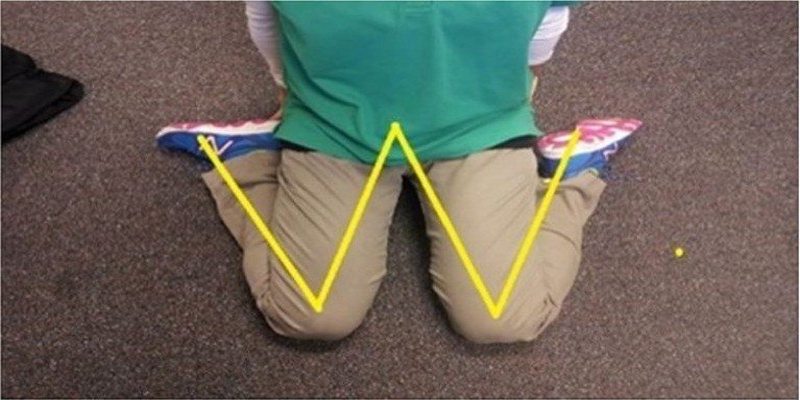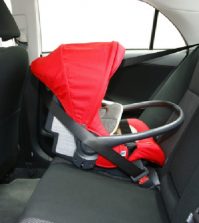- Study Says Most Parents Don’t Use Car Seats In Ride Share Vehicles Like Uber
- This 12-Year-Old Boy Is A Sophomore Aerospace Engineering Major!
- Fire Safety Experts Warn Of Hand Sanitizer Danger After A Mom and Kids Escape House Fire
- Recall Alert: Peaches May Be The Cause Of Salmonella Outbreak, 68 People Ill
- Summer Vacation In The Days Of COVID: Tips To Stay Safe
- How To Safely Grocery Shop During The Coronavirus Pandemic
- Michigan Teen With Vape-Related Illness Undergoes Double Lung Transplant
- Teen Kicks Off Anti-Vaping Campaign From Hospital Bed
- Teenager Receives Life Sentence For Strangling Sister To Death Over A Wi-Fi Password
- Toddler Falls To Death From 11th Deck of Cruise Ship
Why You Should Discourage Your Child From “W-Sitting”


“W-sitting” is a common position that children tend to sit in.
It’s when children sit on their bottoms, with their knees bent, feet tucked under, and their legs splayed out to the side in what looks like a “W”.
Children feel supported and secure in this position and many parents do not know or recognize the danger of letting a child sit like this for too long.
Sitting in this position too often or for too long can negatively impact a child’s development and growth patterns. It could lead to:
– Orthopedic Problems
– Delayed Development of Postural Control and Stability
– Delayed Development of Refined Motor Skills
– It can affect the development of motor skills, balance, and coordination
– Less need for stability, postural control, and weight shift during play. This weakens the trunk muscles or hinders their development.
These are the main reasons why having a child sit in this position is discouraged. It also puts unnecessary strain on the body. It puts undue stress on:
. The Hip Abductors
. Hamstrings
. Internal Rotators
. Heel Cords
Dislocation can also become common with kids who often sit in this position.
Teach your child how to sit correctly and remind them of how to sit on the floor.
Not all “W” sitters will have major issues, but it is still not recommended, as it may increase the risks.








0 comments